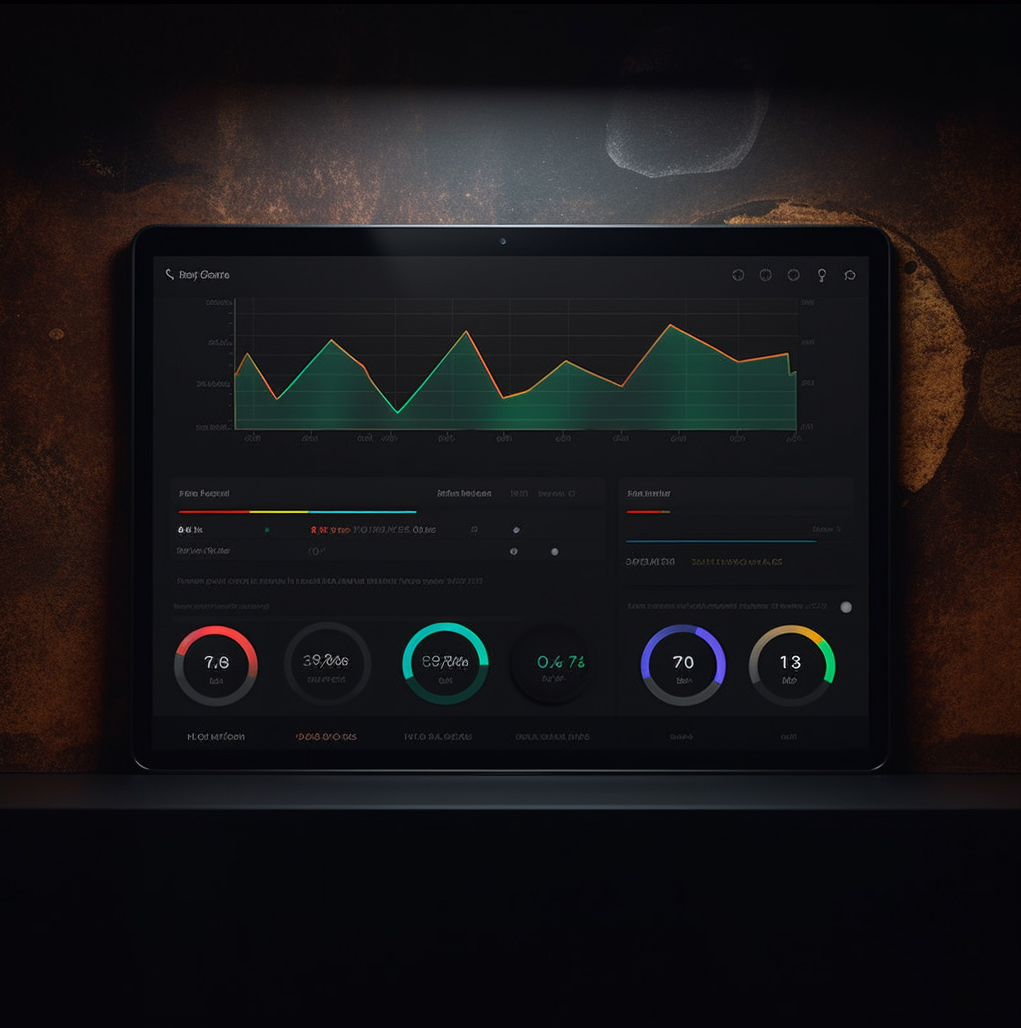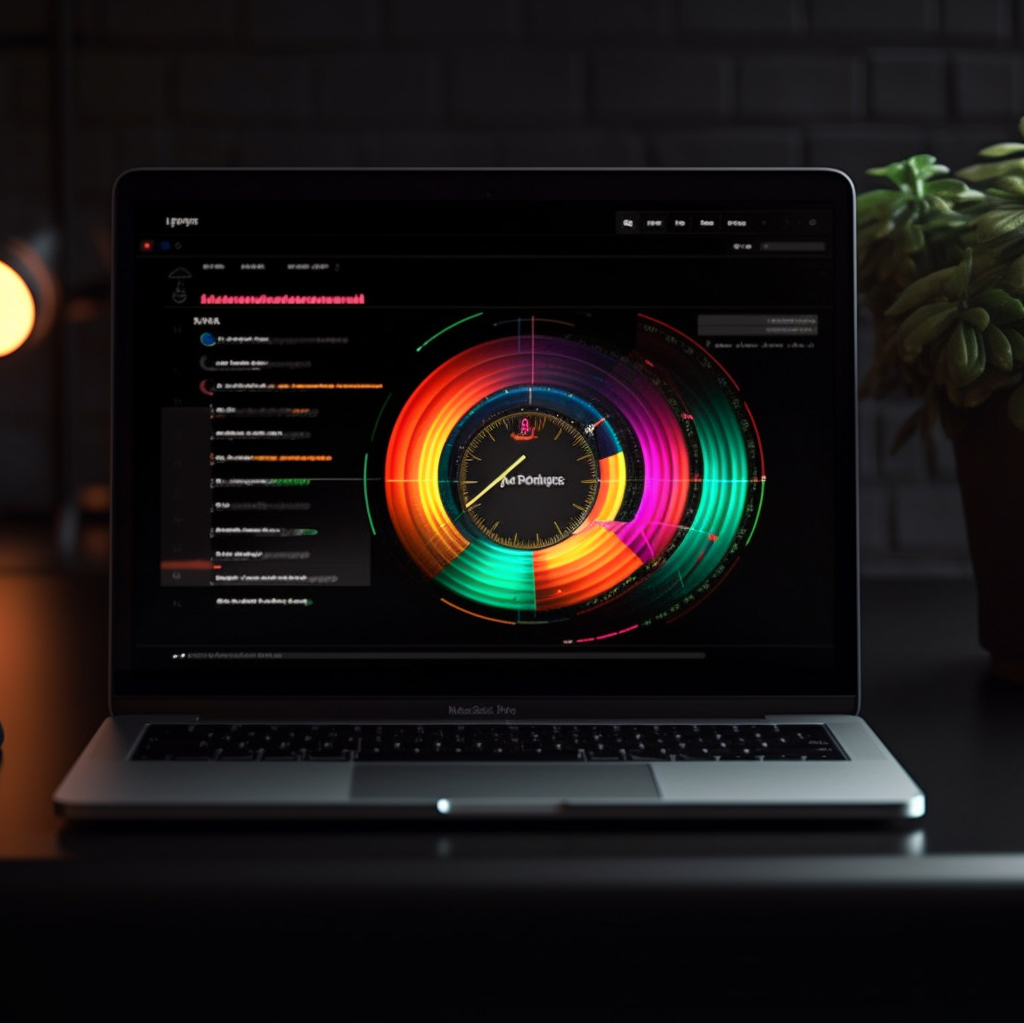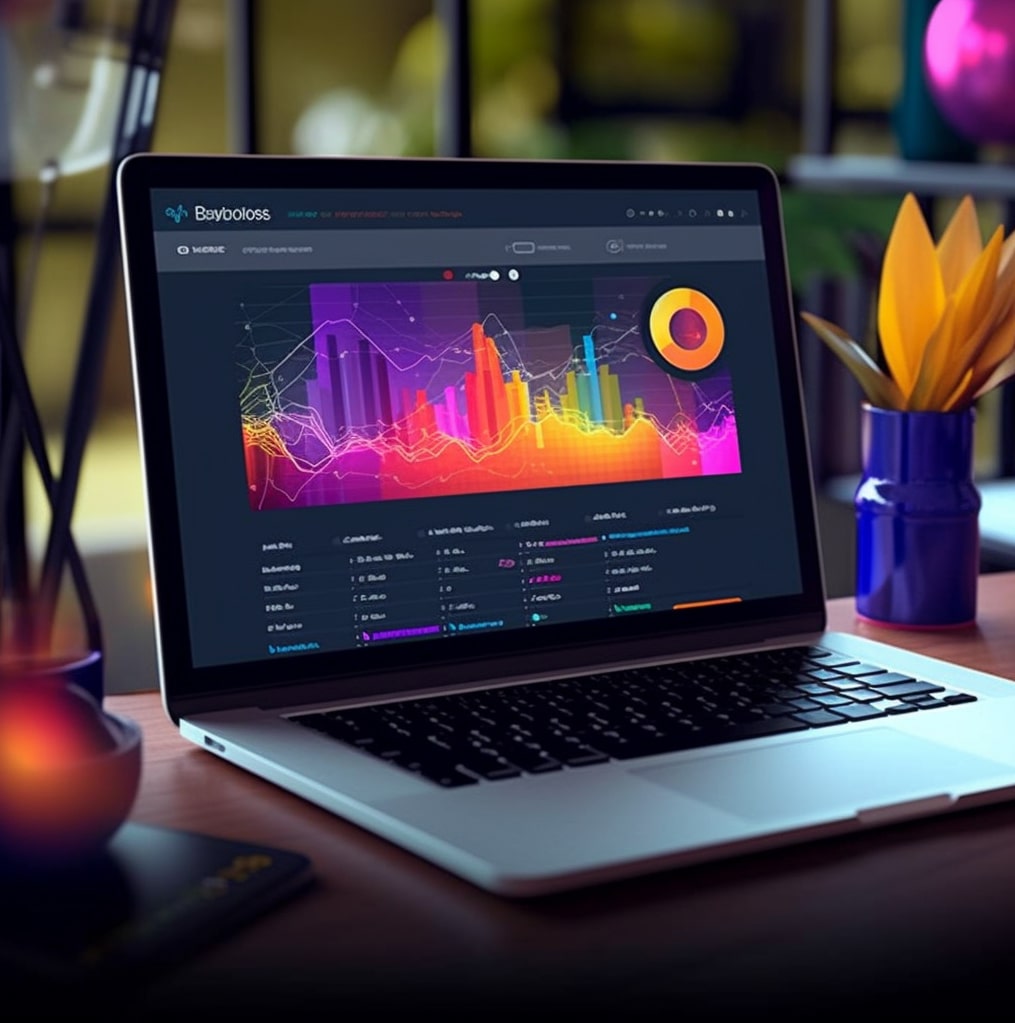If you are willing to ensure that a WordPress website will be popular in a competitive online environment, you need to keep in mind that its success is up not only to the quality of goods and services displayed but also to Google ranking. In mid-2021 Google represented a new policy to affect the rankings of websites, which is called Core Web Vitals.
In order not to roll out the entire Google Report on this subject here, we can say in a nutshell, Core Web Vitals are specific metrics related to user experience. They ensure a good website’s ranking only if it managed to show good speed and responsiveness.
Three Core Web Vitals are specified:
- Largest Contentful Paint (LCP) — loading speed that is defined in intervals between the point when the page is opened to the point when a user sees visual content.
- First Input Delay (FID) — responsiveness of the website measured from the point of the first user’s action to interaction to the point when a user gets a response.
- Cumulative Layout Shift (CLS) — the cumulative score of all unexpected layout shifts within the viewport that occur during a page’s entire lifecycle.
At first, all these abbreviations might seem too complicated for website owners. However, in fact, improving these requirements isn’t as challenging as one might reckon. In this comprehensive guide, we will try to reveal how basic optimization techniques might become the best practices to boost the search engine rankings of your WordPress website.
Let’s get down to business!
Why Improving Core Web Vitals Is Crucial?

Before we get down to optimization techniques that are useful for WordPress websites, let’s explore the reasons why they ever need this:
- The possibility for website owners and developers to stay ahead of Google’s updates: The introduction of this new strategy means that search engine optimization today depends not only on the website content but on its ability to provide an overall positive user experience. Google will obviously represent some updates on the ranking policy, so proper measurement of Core Web Vitals today will help you stay ahead of these updates.
- Improving website performance and user experience: If you think that a set of Core Web Vitals is just a silly requirement imposed by the search engine, think twice. In fact, by introducing this new policy, Google motivates website owners to improve the performance of their resources. This is a significant advantage for websites since a better customer experience contributes to higher conversion and online sales.
- Enhancing competitiveness: When your business goes online through a WordPress website, it has to compete against thousands of competitors. Such a competitive environment motivates you to introduce updates and performance to make sure your services are on-demand and your website is promoted high in the Google Search.
Areas that Should be Targeted
In order to improve LCP, FID, and CLS, one should take some specific features of the website into account. Below, see our key tips on which features should be targeted and in what way you can affect their performance in a positive way.
Page Speed

The loading speed of your website is one of the features that should be prioritized when improving the performance of the resource. It impacts how quickly the user will get to the desired page. As it is said, the faster, the better, as the majority of users aren’t willing to wait more than a couple of seconds to enter the website for the first time. Here are the optimization techniques you can consider if you aim to improve the page loading speed:
- Enable browser caching: This tip helps the website to enable the storage and reuse of some files, including images and stylesheets, on the device of the user. Thanks to this, the browser storage will have more free space, to say so, and will be more likely to load faster.
- Minify CSS, HTML, and JavaScript: Minifying CSS, HTML, and JavaScript files helps to reduce file size, eliminate redundant code, consolidate code, and improve browser parsing, all of which contribute to faster page loading speed and better user experience on a website.
- Use a content delivery network (CDN): The implementation of a content delivery network ensures that the user will get content from the nearest available server. This is especially vital for a website that often suffers heavy traffic as this simple technique helps to distribute this traffic correctly without affecting the page loading speed.
- Limit the number of plugins: Every new plugin is an additional code to the website. Logically, the network will need more time to process more codes. That’s why you should reduce the number of additions and leave only those that are necessary for the website and don’t place a major impact on its stable and optimal performance.
- Choose a fast hosting service: This is quite prosaic — the faster hosting service you choose, the faster this service will load your website.
Interactivity
Conversion and online sales on your website heavily depend on how well you manage to establish interaction between the resource and the end user. In simple words, if a user isn’t satisfied with the interaction, they are very unlikely to use your website’s services or buy something from it. Here are several simple tips on how one can enhance interactivity by optimizing the content on the website:
- Optimize images and videos: Any visual content, especially images, and videos, should be optimized to the website features. Images and videos shouldn’t be too large or too small in dimensions. At the same time, they shouldn’t take too much in the storage.
- Use compressed files: When you compress files on your website, you ensure that it will take just several seconds for the network to load them. Thus, users will face fewer challenging moments and will be able to interact with the platform more freely.
- Use lazy loading for images and videos: Lazy loading is an approach that renders images and videos only when the user gets to them. This helps to increase the loading speed of the page and at the same time ensures that the user will receive the necessary visual content.
- Use a responsive design: Any website should be user-friendly. Luckily, WordPress offers enough tools to build attractive and responsive layouts. Contact our professional UX/UI designers to ensure that visitors to your website will never encounter interface issues.

Visual Stability
People say that beauty is in the eye of the beholder. However, professional UX designers always claim that it’s possible to change the way this eye perceives the visual. Well, at least, we can consider some basic recommendations that will make the visual content on your website seem stable to any beholder:
- Use CSS to define the size of images and videos to prevent layout shifts: When images and videos on a webpage don’t have defined sizes in CSS, they can cause layout shifts, making the page appear unstable and frustrating to users. Defining their sizes in CSS prevents this problem by ensuring the space needed for these elements is reserved even before they load, resulting in a more stable and consistent user experience.
- Avoid displaying dynamic ads without defined dimensions: Similar to images and videos, dynamic ads without defined dimensions are likely to lead to frequent layout shifts. Let’s admit this: nobody likes online ads but when these ads don’t let somebody enjoy the interaction with the website, one might never come back to this website again. Pay your best effort to ensure proper user engagement and a satisfactory experience.
Load fonts using the Font Loading API to prevent invisible text caused by font loading delays: The Font Loading API allows fonts to be loaded asynchronously, which can prevent delays in text rendering caused by slow-loading fonts. By using this API, developers can ensure that the text is visible to the user even before the font has finished loading. This can improve the overall user experience and prevent layout shifts caused by delayed font loading.
Useful Tools
Obviously, measuring all these metrics and adjusting them manually is an impossible task even for the most experienced specialists. That’s why we would like to recommend you three best tools that will help your WordPress website get ready for Core Web Vitals.
Google Search Console
- Sign in to Google Search Console
- Add and verify a property. You can track the performance of your website once you add it to the tool and verify it as your property.
- Submit sitemap. This will help the solution to understand the structure of your resource and measure key metrics more accurately.
- Use the URL inspection tool. Once the previous steps are taken, you can measure the performance of specific pages on your website.
- Check search analytics
- Monitor and resolve crawl errors
- Check mobile usability. The solution will explain analytics on the mobile responsiveness of the website.
- Create and monitor the robots.txt file. This will help to monitor pages that are crawled and indexed by the search engine.
- Set preferred domain version

PageSpeed Insights
- Enter the URL of your website and Click “Analyze”. The procedure with this instrument is simpler than with the previous one because you don’t have to verify your ownership.
- Wait for the analysis to complete
- View your results and Identify areas for improvement. Pay specific attention to the loading speed and configuration of visual content, including images, videos, and fonts.
- Implement recommended optimizations.
Lighthouse
- Install Lighthouse.
- Launch Lighthouse from the command line or from Chrome DevTools.
- Run an audit.
- Analyze the report.
- Implement the suggested improvements.
- Re-run the audit to track progress.
- Repeat the process to continually optimize your website.
The Final Thought

As you can see, getting your WordPress website ready for the updates of Core Web Vitals isn’t as complicated a process as it might have seemed at the very first sight. Besides, these improvements not only push your website higher in Google ranking but also enhance its overall performance.
Follow us here for more useful insights on WordPress website development!